Today, Hybrid Heating Europe publishes a vision paper on benefits from hybrid heating solutions1 for the “Fit for 55 package” under the European Green Deal. This vision paper illustrates a common approach and contribution for the renovation wave in Europe and energy system integration at the local level. Hybrid Heating Europe is a coalition of twelve companies active in heating solutions and energy infrastructure: BDR Thermea, Bosch Thermotechnology, Danish Gas Technology Centre, ENPULS, E.ON, EWE NETZ, GRDF, Groupe Atlantic, GRTgaz, Gasunie, Stedin and Viessmann.
Hybrid heating solutions are a no regret option to support the energy transition and accelerate the EU’s energy and climate agenda for decarbonizing European buildings. Hybrid Heating Solutions are systems deployable at the individual building or household level that combine existing or new gas or liquid fuel-based boilers with an electric heat pump for space heating and/or domestic hot water.
The paper provides the first comprehensive overview of the many benefits associated with scaling up of hybrid heat pumps which smartly combine gas boilers with electric heat pumps.
- Consumers benefit from lower costs and the ability to spread out investments in home insulation when installing hybrid heating solutions, while maintaining comfort levels.
- The energy system benefits from the local integration of the energy system enabled by hybrid heating solutions. This integration reduces peak power demand and thus reduces the immediate need for investments in grid reinforcement compared to all-electric alternatives. With the ability to switch between gas and electricity adding further flexibility, system resilience is also increased. The continued use of existing gas infrastructure avoids the more expensive rollout of new district heating systems where applicable.
- The introduction of hybrid heating solutions leads to immediate climate benefits and increases the likelihood that Europe can deliver on its “Fit for 55 package”. Hybrid heating solutions also fit a net-zero energy system by using green electricity when available, and sustainable gas (like biomethane or hydrogen) when it is not.
